Seeking Off-the-Beaten-Path Things to Do in Norway? Check out Svalbard
When Andreas Nuessel embarked on his first Arctic cruise, aboard Silver Cloud, he says he was expecting “to feel peace and freedom, to completely lose my thoughts. It was a good opportunity to completely switch off professional life.”
While finding that peace, Nuessel — the Managing Director of Silversea in Europe — discovered so much more about the Svalbard Islands. He found that this archipelago of nine islands, tucked in a remote corner of the Arctic Sea, is also one of the best things to do in Norway.
Svalbard is Old Norse for “cold coast,” and indeed, “it’s super remote with glaciers that go right to sea level,” Nuessel says. “I’ve never seen a calving glacier, never thought it would make this deeper, bursting sound followed by a wave in the water. And I wanted to meet a polar bear.”
In the end, Nuessel says, “it was a completely different world from what I expected. What surprised me about Svalbard is the feeling of being touched — of being humbled.”
We chatted more with Nuessel about his voyage on Silversea, and asked him what travelers should expect on their own adventure in the Arctic:
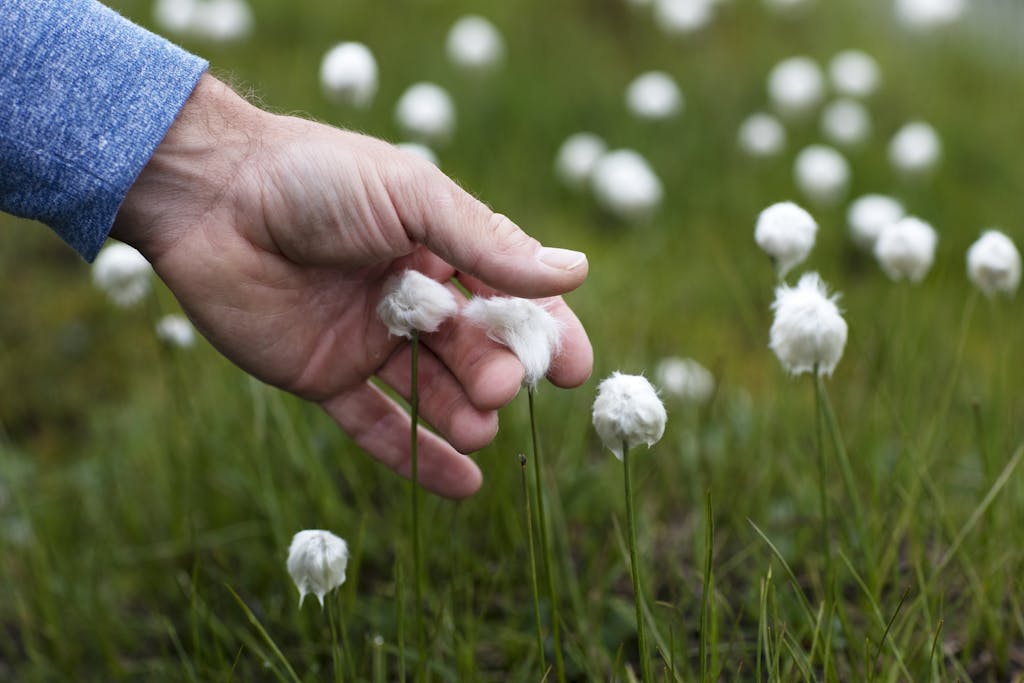
Why is this one of the best things to do in Norway?
It’s all about glaciers, ice, mountains and wildlife. What makes Svalbard so unique, especially in the Arctic region, is that it’s very barren. There are five species of trees — such as dwarf birches — and they are barely 5 centimeters tall. Unlike Antarctica, which has krill as part of the feeding ritual, there’s not a lot of life for wildlife to live on. What I found fascinating from a naturalistic perspective was to see how these animals could live on so little.
We learn about history, and experience glaciers, mountains, and all the best wildlife (reindeer, foxes, birds, walrus, whales, seals, and of course the polar bear). Our itinerary had all the highlights of the region, such as ice edge and glacier experiences in zodiacs, and a few hikes that incorporate some historic sites, like a whale hunting station.
The only port where ships dock is in Longyearbyen. There’s otherwise no set itinerary. Your expedition leader, with the captain, will craft an itinerary that hits all the highlights.
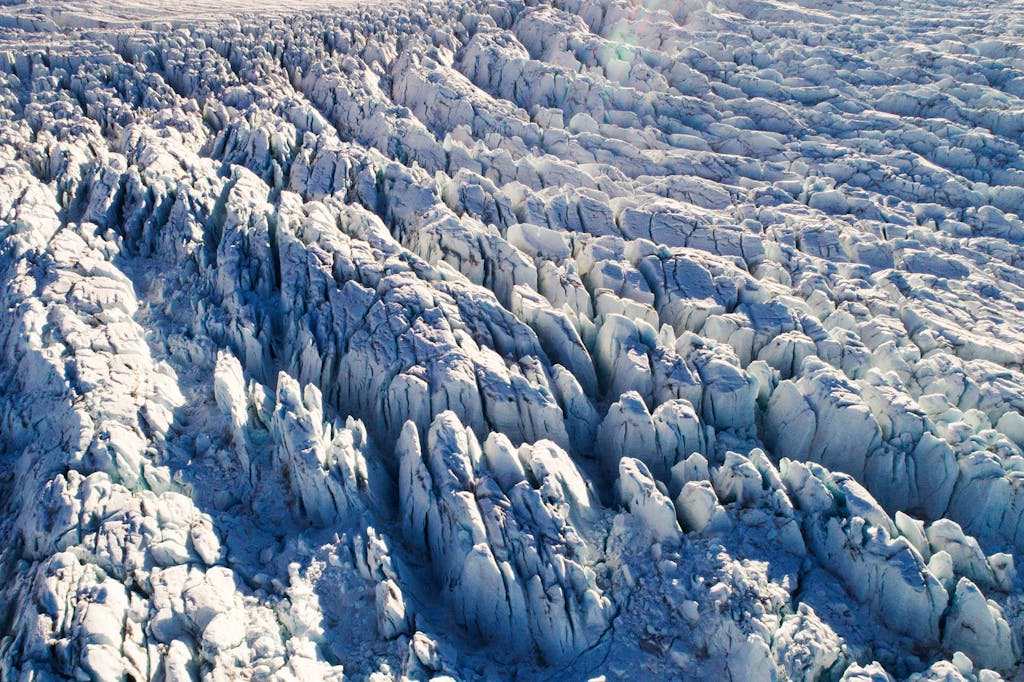
How is Svalbard different from other areas of the Arctic?
An Arctic itinerary around Svalbard is almost exclusively focused on nature, wildlife, and dramatic scenery and, unlike other parts of the Arctic, there is little indigenous culture. (The Arctic Council is actually made up of eight nations, including Norway, Iceland, Finland, Denmark, Sweden, Russia, Canada and the United States.)
You can choose from itineraries that focus primarily on one or two regions of the Arctic, such as Svalbard and/or West Greenland, or pick a long itinerary that covers a broad swath of it.
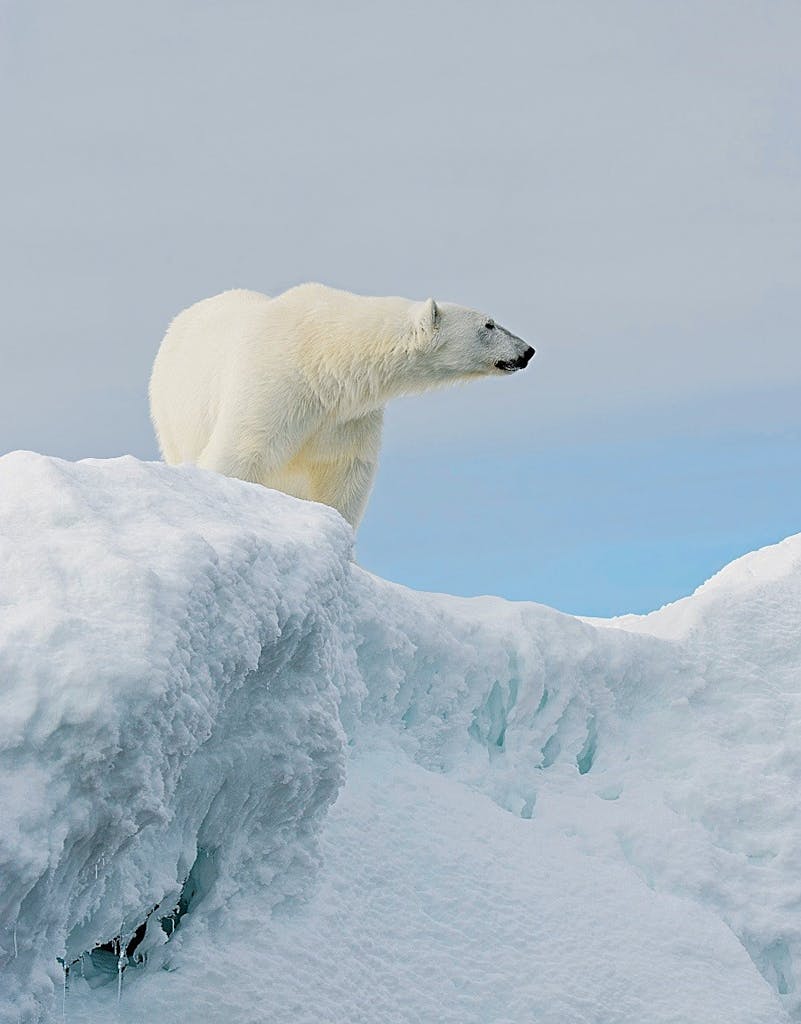
How much were you expecting to see polar bears?
I remember something Neal Rabjohn, a polar historian and expedition guide on Silver Cloud, told us: “The polar bear is the king of the Arctic jungle. It’s an enormous creature. It commands silence, takes your breath away, and leaves you in deference to it.” Can you believe there are just 3,000 polar bears in the Svalbard region?
The polar bear is incredibly skittish, though. No one can predict when you will see them. They don’t hang out on the beaches. They move around and you never see them in the same place twice. Our expedition team was always up on the top deck with spotting scopes and binoculars, scanning every piece of land.
In fact, polar bears can be so scarce, if it’s dinner time and you hear an announcement on the public address system — grab your parka and camera and get out on deck.
What was that like when you did see one?
Suddenly, we were alerted by the expedition team about a sighting, and then — there he was. Peaceful. Look at that face. (For them we are not the first thing in the feeding line but if they were hungry….) The face was so sweet, nice and friendly. He was not growling.
Then he rolled around like a dog, and went to sleep on this tiny island. He took a look at us, and crossed over to the other side of the island, swam, walked along the shore, played around with squid and then, he finally made his way across a passage of water to the mainland.
After nearly 45 minutes, the bear disappeared from view. We sat on our Zodiac in silence, fully humbled and packed with impressions that were different for each of us. Partly it’s because the polar bear is what everyone is most excited about and, for me, seeing one in real life, not in a zoo, was powerful. Seeing him in his natural environment, just a big wow.
It was a magical moment.
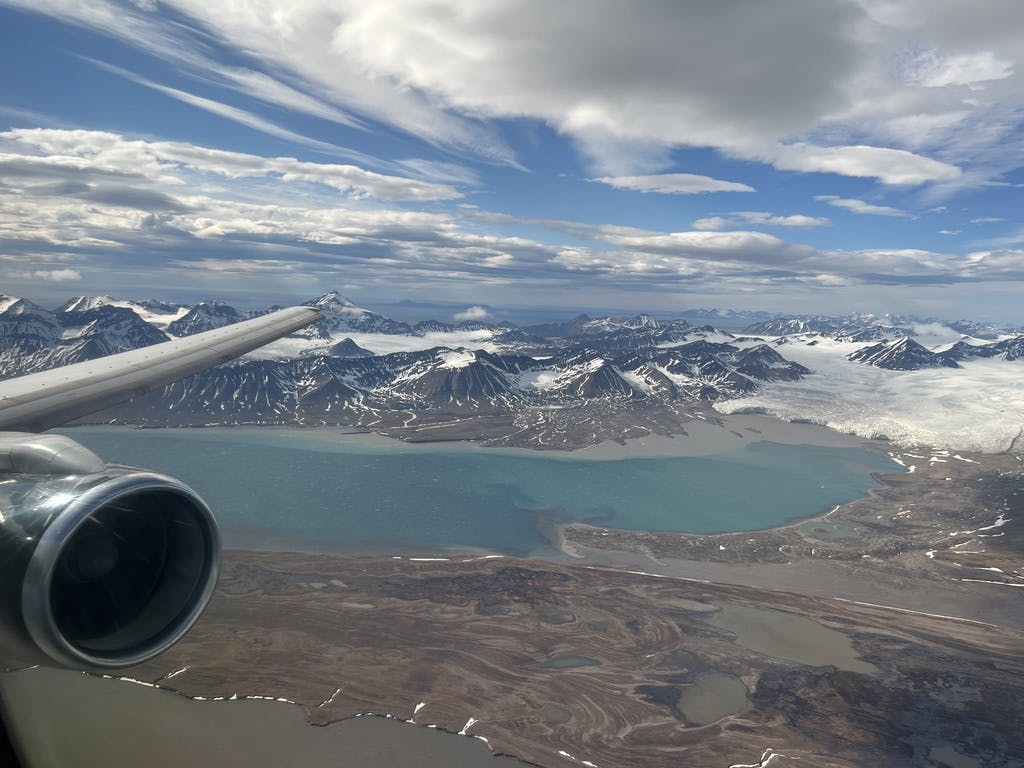
How easy or difficult was it to reach Svalbard?
As far away as Svalbard feels in reality, it’s a relatively easy trip. We all fly to Oslo, where we overnight at a hotel, and then board Silversea’s charter flight for the 2:45 hour trip to Longyearbyen. That city, which is home to about 2,000 residents, has the region’s only commercial airport. In our case, our flight was on a Titan Airways Boeing 757, and we were offered beverages and a hot, three-course meal. The best part? The approach to Longyearbyen, after nearly three hours of sea vistas.
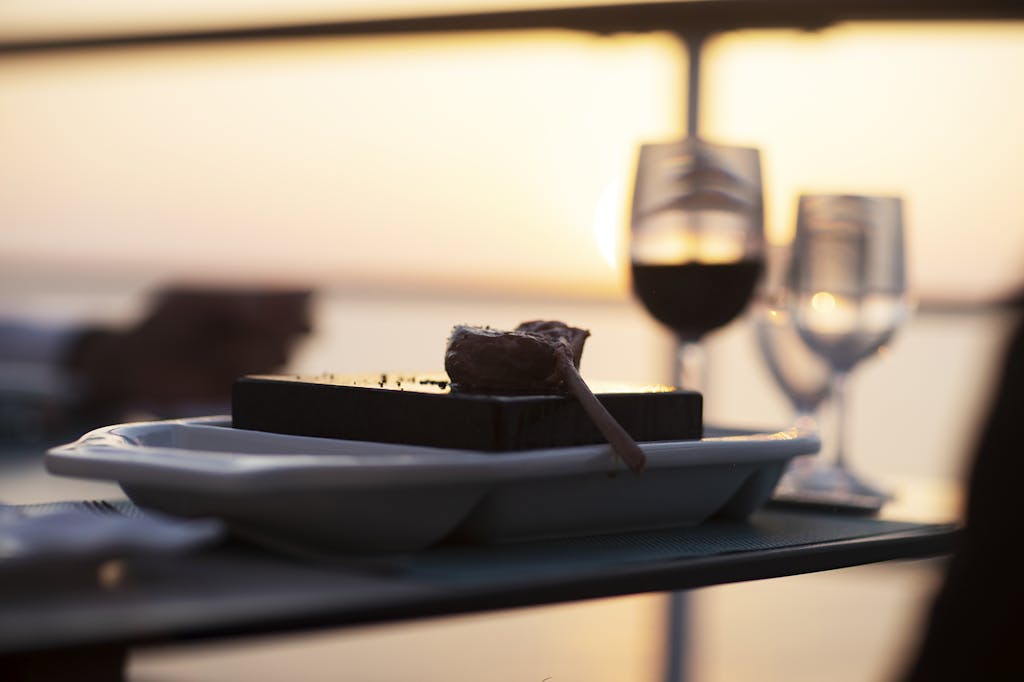
What was life like on board Silver Cloud?
One of my favorite meals on board Silver Cloud was dinner at the alfresco Grill, where I cooked a filet mignon on a hot stone. You’re sitting there under heaters, and you have this incredible view, and delicious smells, the mingling of the pure air with just a hint of the smoke of the filet. And the parka Silversea provides you came in quite handy there.
Another feature of the cruise I enjoyed was the daily expedition briefings. We learned about what to expect on the day’s adventures and, also important, what is keeping us safe. There’s a sanity check of gear (some of which we brought with us, like our boots or hiking sticks), and other pieces, like the red parka, that is a gift from Silversea.
You’re divided into smaller groups. There are two rounds of excursions daily (and an additional kayaking option), and the expedition guides are the heart and soul, the entertainment, the shore excursion experts, the cruise director, and the touch point. They represent all manner of specialties — geologists, birders, glacier specialists, animal experts, flora and fauna….
And even as you’ll spend some rugged days exploring, it’s nice to be welcomed back on board with a catering Zodiac, where guides are handing out hot chocolate (with or without your favorite libation). I always felt pampered — the butler set up a hot bath before I got back from a chilly hike, and I had a hot stone massage and sipped coffee on the balcony. Silver Cloud, with its heartwarming colors, gives you the feeling that you’re coming home, not in a fancy, bling-bling way; it’s a coziness that counteracts with being outside in the remotest wilderness.
My favorite on board memory of all? Sitting in the whirlpool on the pool deck, It’s 3:30 a.m. and yet there’s daylight, and we’re all drinking a glass of Champagne and enjoying the perspective — not laughing, not talking, just listening, humbly.
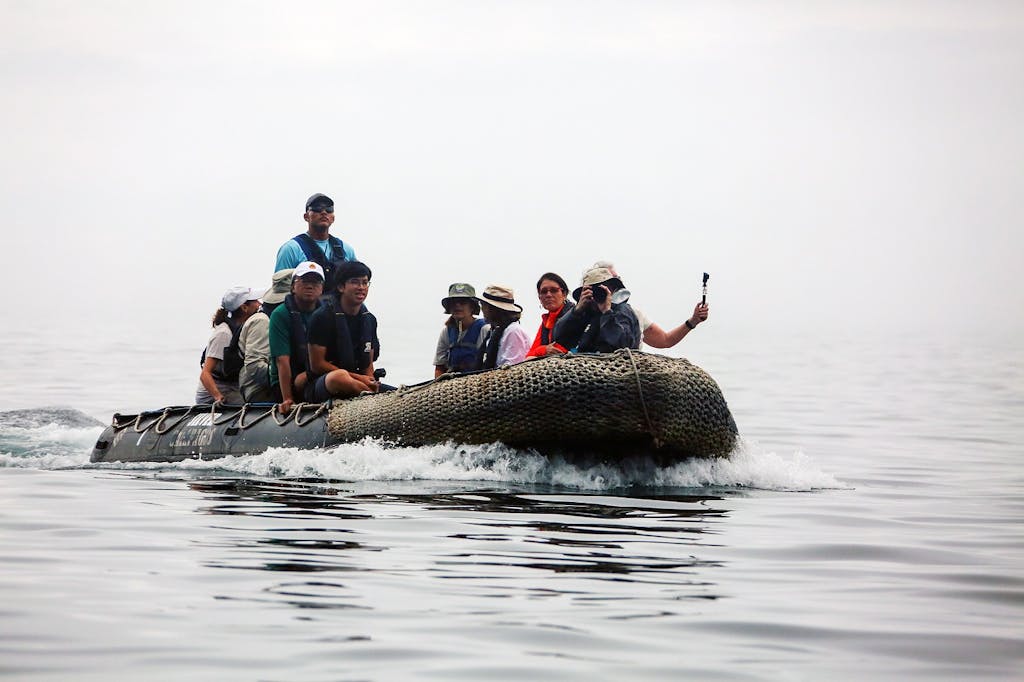
Tell us about the Zodiacs
Zodiacs — rubber boats with a huge motor —were our taxi, plane and bus when it came to landings. There are 23 on board our ship, and between eight–12 people ride each Zodiac. You sit on the edge, and everyone is arranged just so, to make sure there’s a proper balance. With the wind and waves, the Zodiac is manned by our expedition guides.
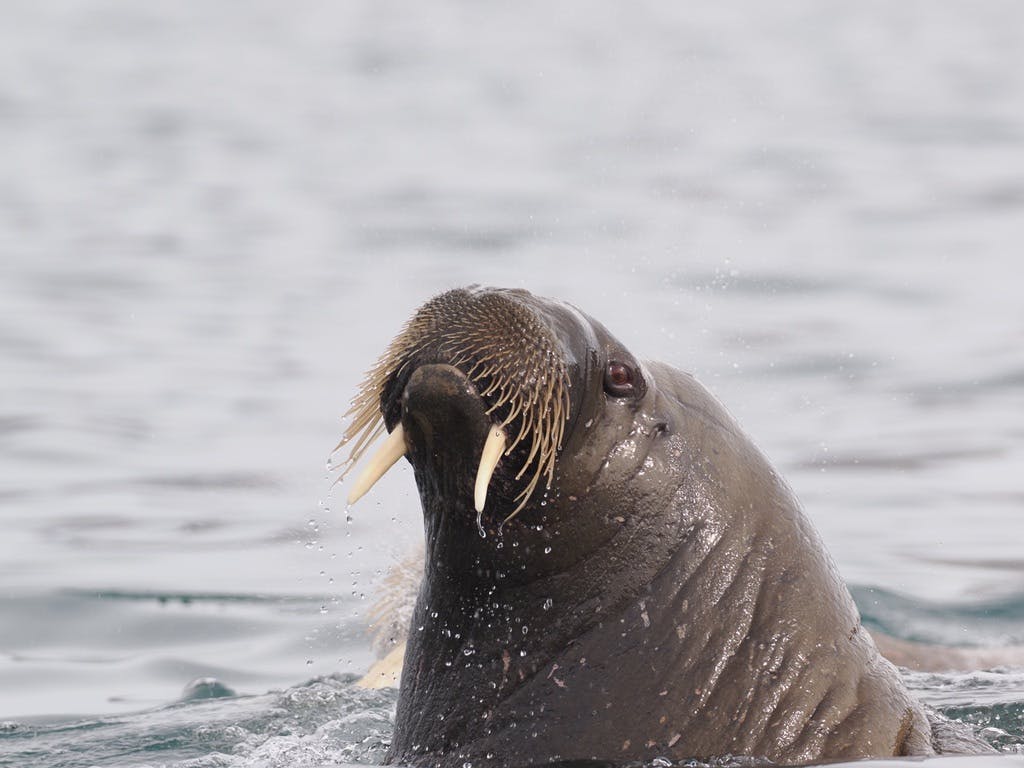
What were the standout moments in the wild?
The first real nature sighting we had got our cruise off to a good start: We spotted walruses! They were super lazy, lying on the beach in the sun (some of them in the water cooling down as the air temp was about 32 degrees F, 0 degrees C). It was peaceful to see them lying there in small groups of 10 or so. Their tusks give them a goofy look, really, like no animal you’ve ever seen. Other experiences that stick with me include the day when our Zodiac maneuvered around glaciers and the sound of the disappearing oxygen out of the glacier ice — making a click-click-click sound that reminded me of popcorn popping — was magic.
The itinerary is not set in stone. Longyearbyen was our one definitive port of call, where cruises begin and end. Beyond that, the captain and expedition leader of each ship decided from day to day where we’ll anchor. And they connect with other cruise lines and they all work together, so when Silver Cloud is going to one particular spot, another line will reverse its schedule to avoid other ships (and vice versa). It’s a very fair way of helping each other in such a remote, otherworldly place.
On our last day, we made a wet landing at an old Beluga whale hunting site. We had been told to walk at our own pace, and on this day, I craved silence. I sat on a rock, completely losing time, while I absorbed the fjord around us and enjoyed the fresh air. Reindeer scooted around me. For 60 minutes, I found just that sense of self that had drawn me to the Arctic in the first place.
You may wonder why I haven’t really gone into detail about the wildlife. It was that there simply were so many to watch.
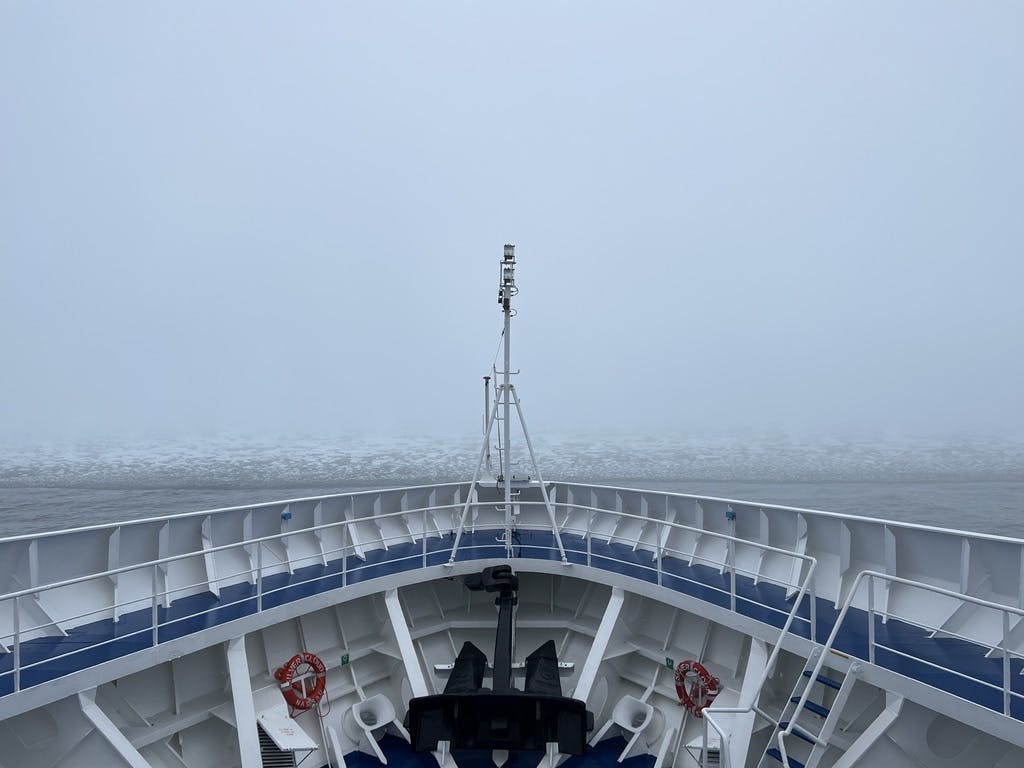
You mentioned a magical day. Tell us about it.
I awoke early, 5:30 a.m., and headed to my balcony to check out the weather. It was very foggy and I saw the end of the world. Truly! We’re at the famous ice edge, where the open sea meets different kinds of ice, depending on the location. If the wind is right, it comes from the south, pushed toward the north, and you find water and ice together. Within this fog, we slowly approached this surreal looking edge — you have the feeling that there is a gigantic waterfall. It’s an optical illusion. However it’s very spooky and immediately the score of Pirates of the Caribbean came to mind.

What is the “polar plunge”?
The famous polar plunge — in which the intrepid jump off the side of Silver Cloud and swim (for a very short time, since the water’s almost at freezing temperature) — is a hallmark Arctic experience. Everyone with a decent health condition and the will to sign a waiver has the once-in-a-lifetime chance to have a dip in the open Arctic.
On our sailing, 80 out of 200 guests made the leap. Our captain sailed to a very calm area. Full disclosure: I didn’t take the dip but a pal did. He reported that his brain didn’t let him feel the cold and at the moment helping hands were already pulling him back on the platform, where the entire ship applauded him. He started to feel the cold just at the point where he received a warm towel and a little glass of spirit to warm him up.
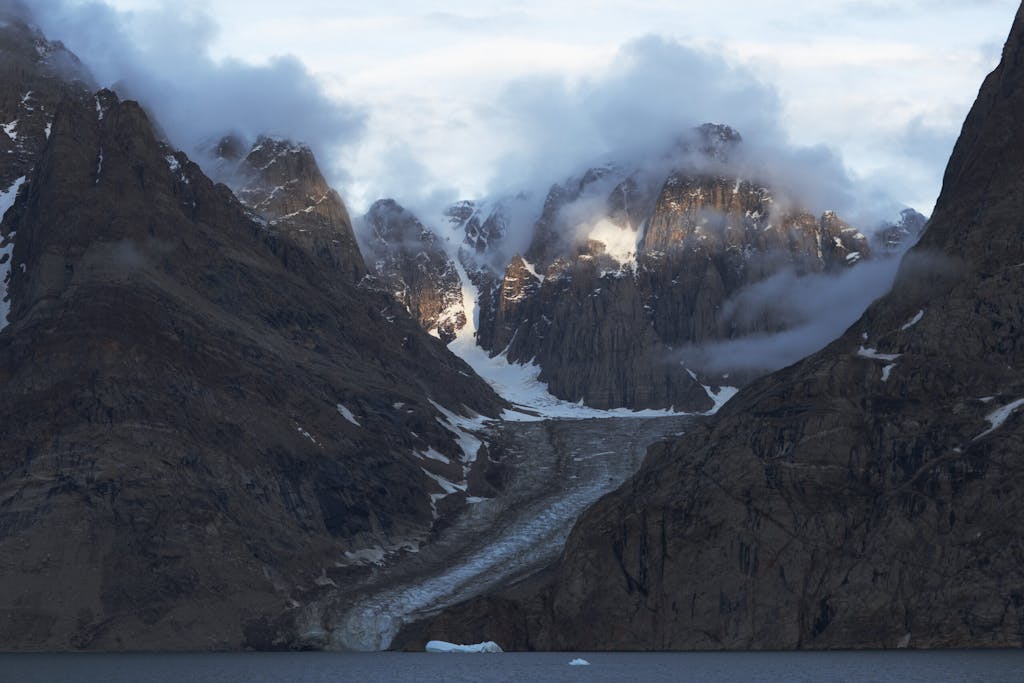
What’s one piece of advice you’d give to Arctic cruise travelers?
There is so much impressive scenery. You’ll encounter a lifelong series of memories that you can’t always catch with a camera. You catch them with your heart.
Do you have any other helpful hints for travel to Norway and the Arctic?
- Prepare to truly disconnect, as Wi-Fi in the Arctic is a challenge. Although Silver Cloud is equipped with high-end satellite systems, we were simply too far in the North and there are only a few satellites around. I learned that even if you had a connection, you’d better hope that no little hill will insert itself between the onboard system and the satellite. Wi-Fi is complementary, by the way. I found that the WhatsApp (app) was somewhat easier to connect with than laptops.
- If you have biorhythm issues you should take some sleeping masks with you. That’s because of the midnight sun. It truly doesn’t get all that dark at night; 3:30 a.m. feels the same as 3:30 p.m. I loved my butler Bek for noticing my fight around sleeping and giving me eye shades out of his own personal stock.
- Which is better — an expensive camera apparatus or a smart phone? For me, my iPhone was quite sufficient to capture impressions via photos and videos, but it’s really about your own personal preference. There are professional photographers on board, by the way, to help you learn as you’re exploring.
- The fellowship among travelers, expedition leaders and crew was so warm and generous. We all shared our photos and videos; I have never received as many AirDrops as I did on this trip!
- And finally? The best camera you have is the one that’s handy, in case of an unexpected wildlife sighting.
Ready to travel to Norway and experience Svalbard yourself? Start by browsing Silversea’s Arctic and Greenland cruises, and check out these tips on how to choose your voyage to Svalbard, Greenland or Canada.
